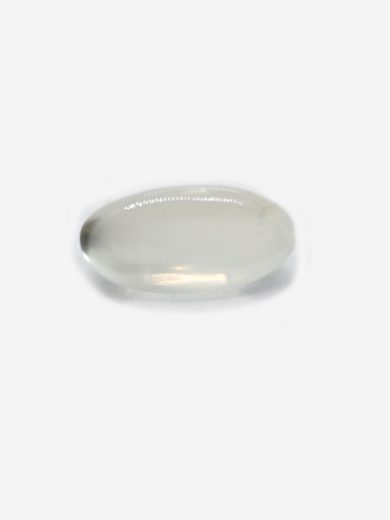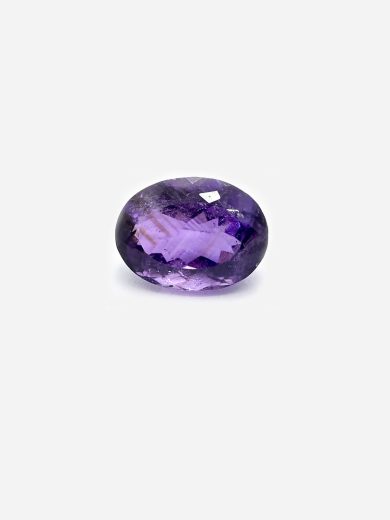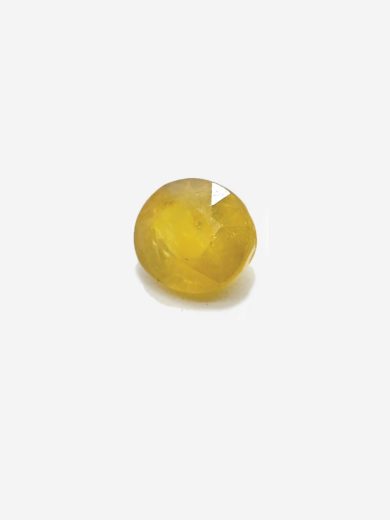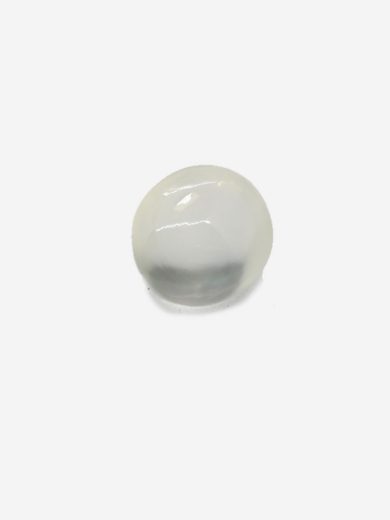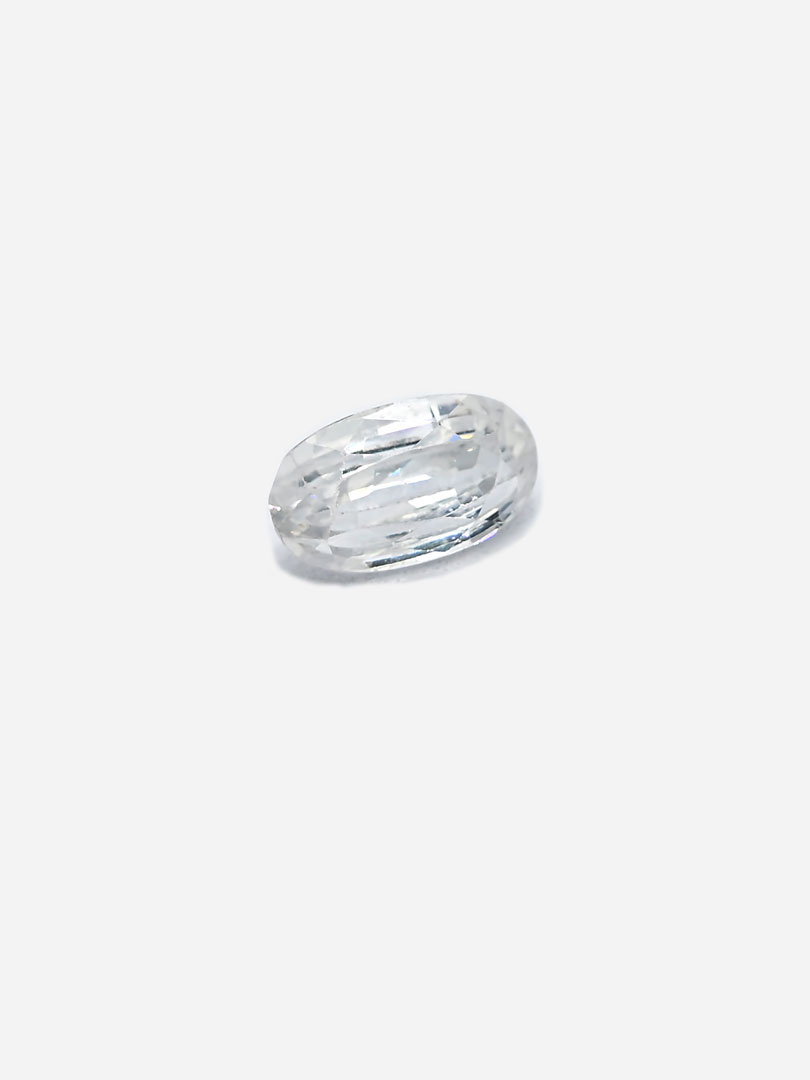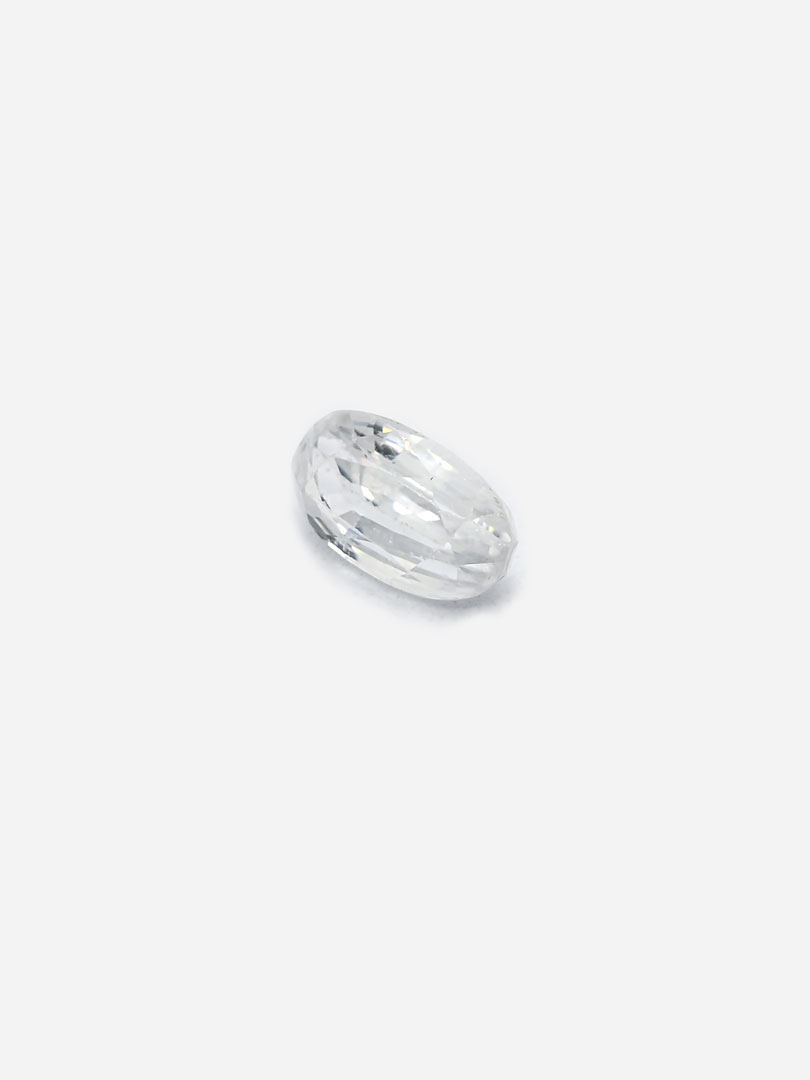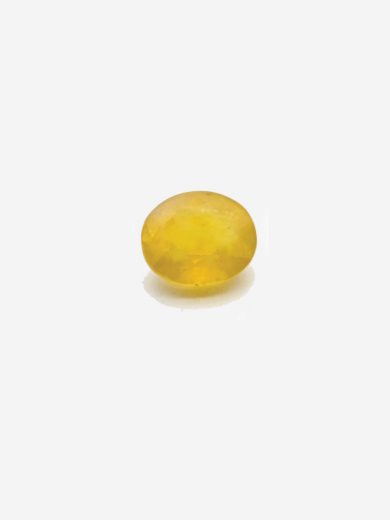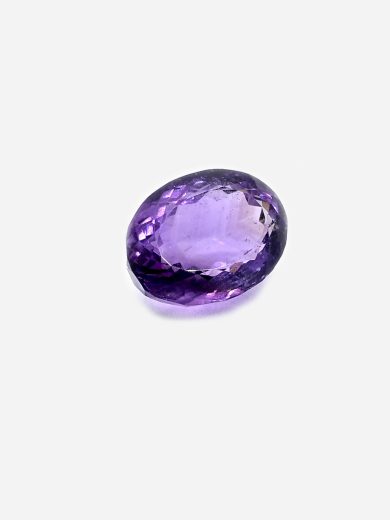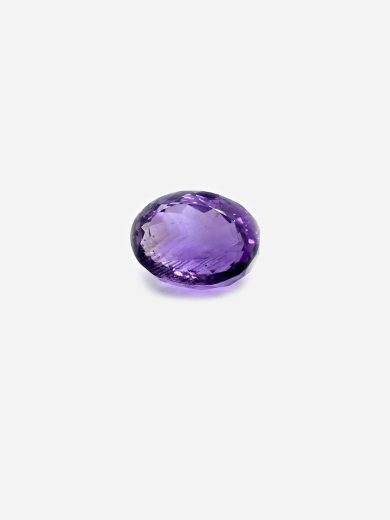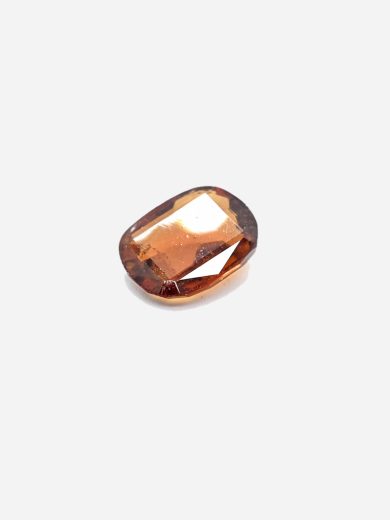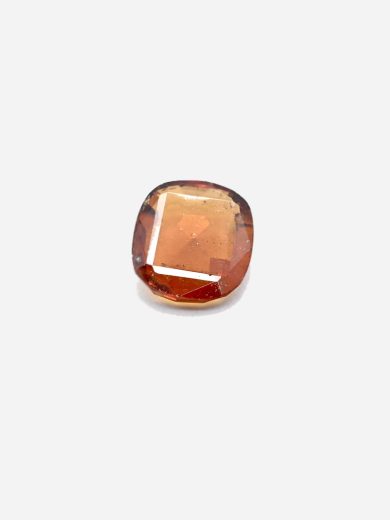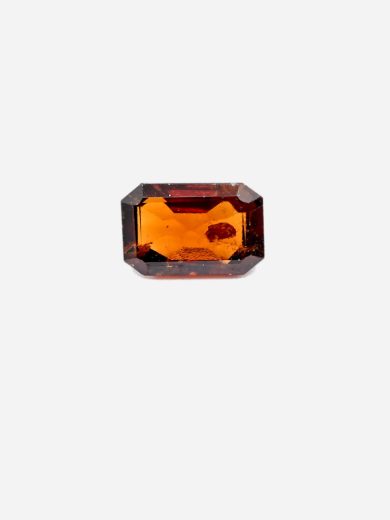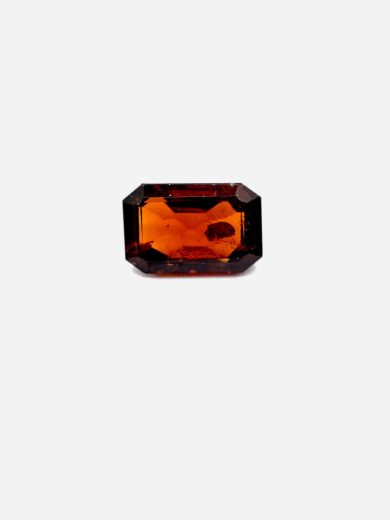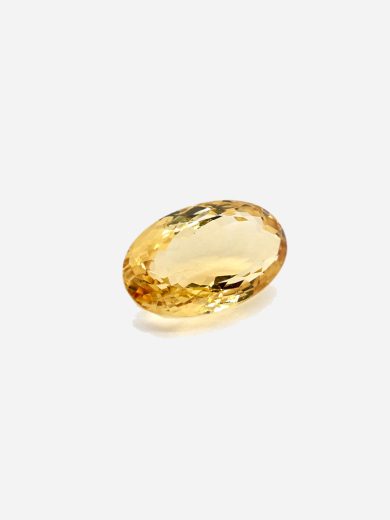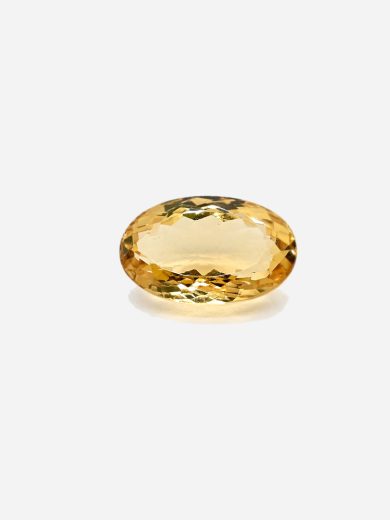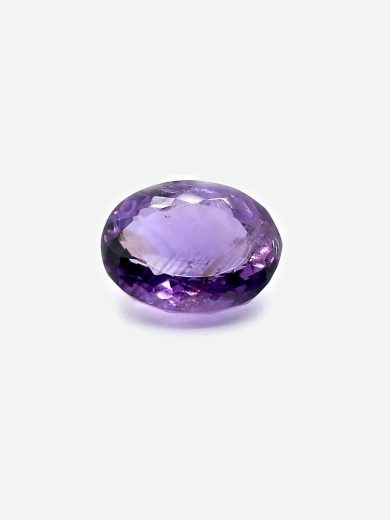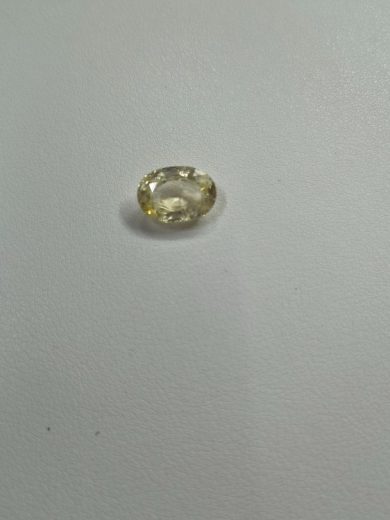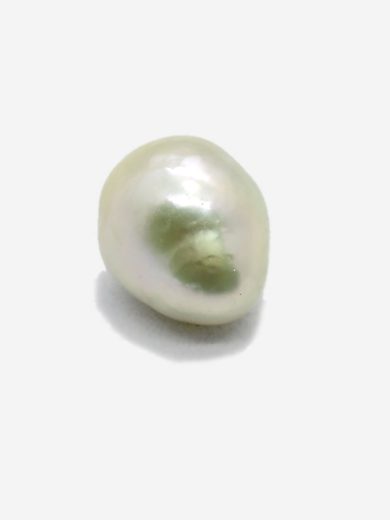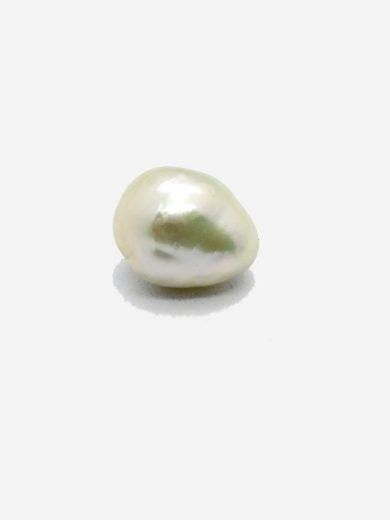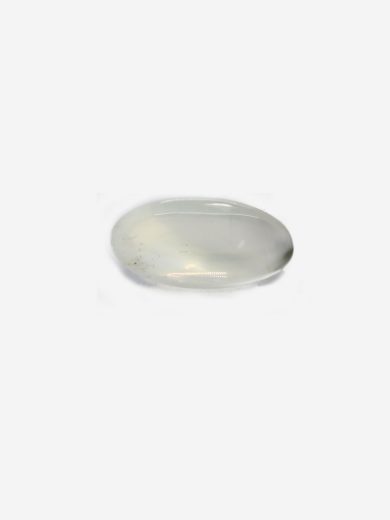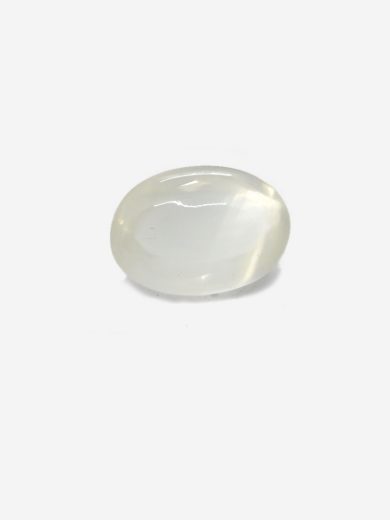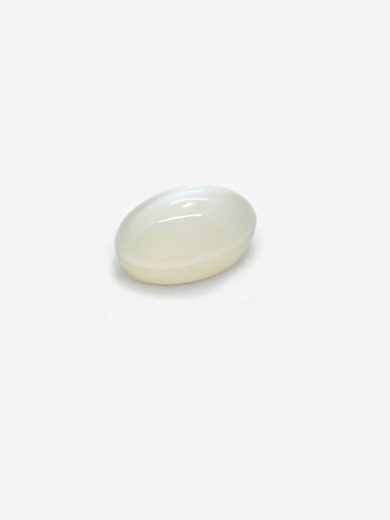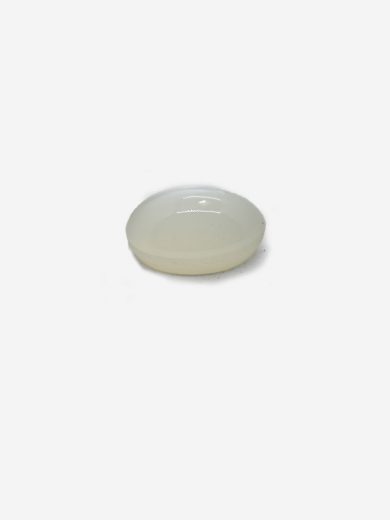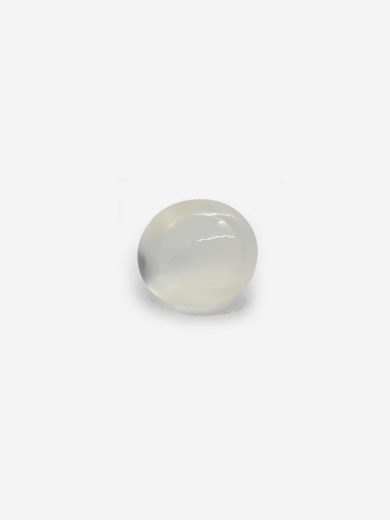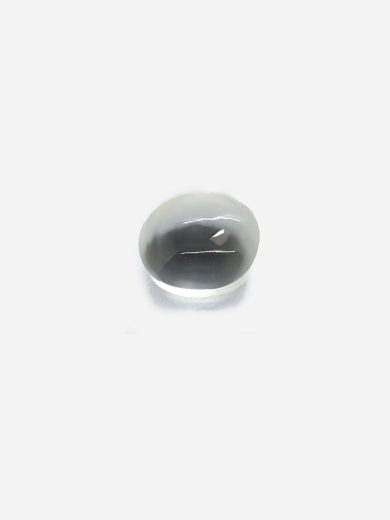Natural White Zircon 6.04rt
Original price was: ₹6,100.00.₹6,050.00Current price is: ₹6,050.00.
Buy it nowNatural White Zircon It is one of the oldest minerals on Earth, with some crystals dating back over 4.4 billion years, making it a key tool in geological dating and research. Zircon is known for its impressive range of colors, which can include colorless, yellow, brown, red, green, and even blue. Its color depends on impurities and the presence of trace elements such as uranium and thorium, which can also make it useful in radiometric dating.
Natural Zircon is highly valued for its durability, transparency, and brilliance, which makes it a popular gemstone, often used as a substitute for diamonds in jewelry. Despite being less well-known than diamonds, high-quality zircon can exhibit exceptional fire (sparkle) and brilliance. The stone has a high refractive index, and its dispersion (ability to break light into its component colors) gives it a diamond-like appearance.
Beyond its ornamental uses, zircon also plays a crucial role in the field of geology. Due to its stability and resistance to weathering, it is used in dating the age of rocks and minerals. When zircon crystals contain trace amounts of uranium or thorium, these elements decay over time, providing a reliable method for determining the age of the zircon itself and, by extension, the age of the surrounding rock.
In addition to its geological importance, zircon is also used in industrial applications. Zirconium, extracted from zircon, is a metal that is highly heat-resistant and used in the aerospace industry, nuclear reactors, and in making certain types of ceramics.
Overall, zircon is a versatile mineral with significant importance both as a gemstone and a scientific tool, valued for its beauty, durability, and geological utility.
Information
| Color | White |
|---|---|
| Shape/Cut | Oval Mixed Cut |
| Dimension | 12.4×7.2×5.0mm(Appx.) |
| Weight | 6.04 rt. |
| Lustre | Vitreous |
| Transparency | Transparent |
| Reference Index | 1.81 |
| Specific Gravity | 4.70 |
| SR/DR | DR |
| Inclusion | -Doubbling of back facets |
| Family | ZIRCON |
| Variety | Natural White Zircon |

